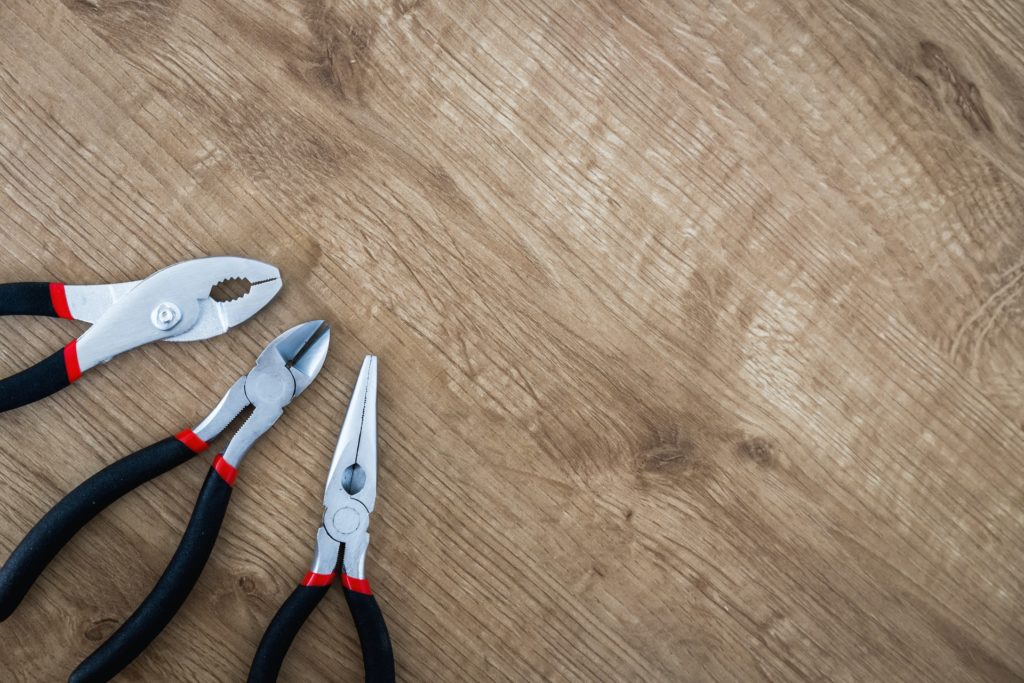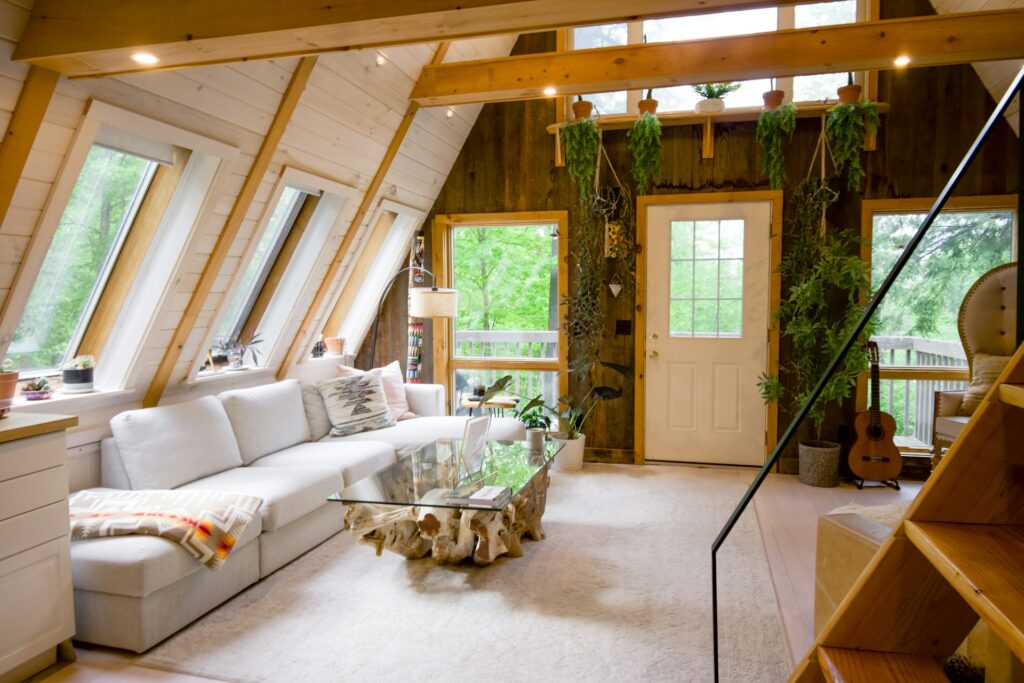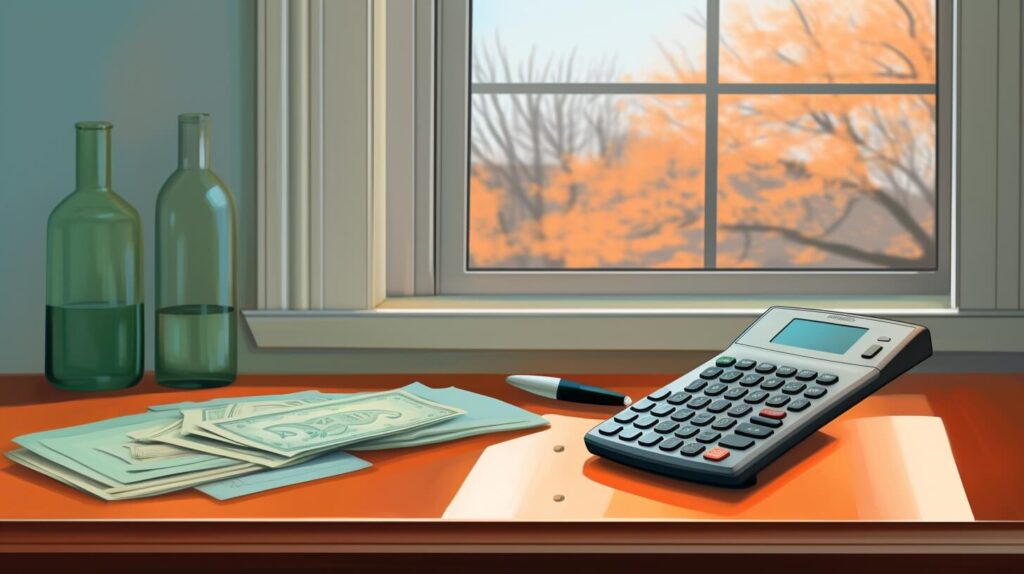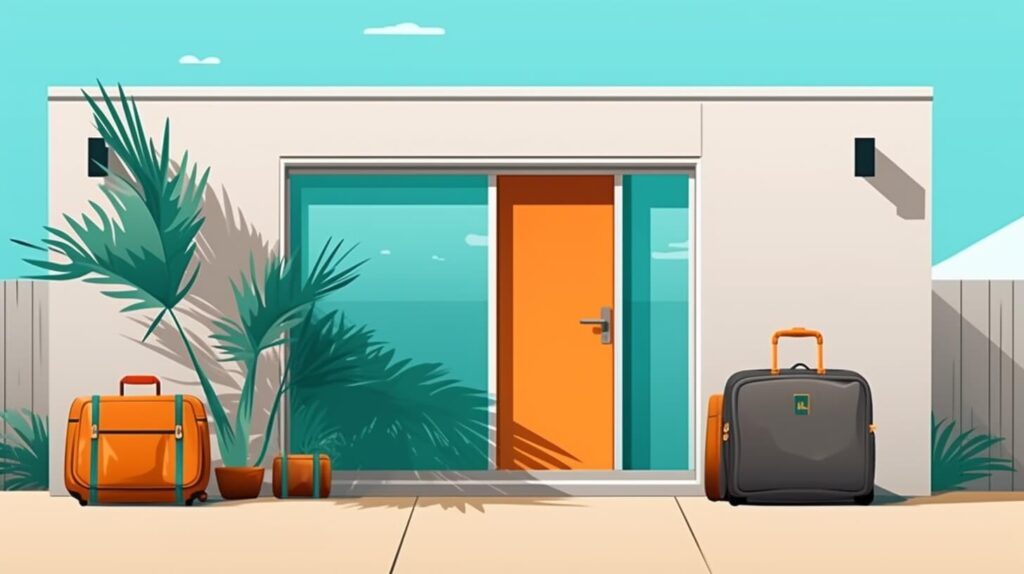We are reader-supported. When you buy through links on our site, we may earn an affiliate commission.
Becoming a landlord requires time, money, and commitment. However, if you’re determined to own property and rent it out, there are many benefits that come along with doing so. Aside from earning extra income, you’ll receive tax deductions, earn equity as the property appreciates, and meet many wonderful people throughout the entire process.
Still, there are quite a few things you’ll have to learn and do before you can reap the benefits. The following steps will demonstrate how to become a landlord and prove handy as you join the real estate industry.
1. Research the Area
The first step to becoming a landlord is researching the area in which you’d like to buy property. Buying locally will make maintaining and repairing units more manageable. However, if you don’t live in a market hot spot, you may also purchase a long-distance property and hire out a property management group to help you out.
Before choosing, consider the home value index, as well as the area’s job growth, unemployment, and population rates. Additionally, you may want to consider crime rates, the area’s walkability, the school district, and other nearby features that may attract tenants.

2. Budget Accordingly
Once you settle on a property, it’s time to create a budget. Begin by determining how large of a down payment you’ll make. Most lenders require you to put down at least 20% to secure financing. However, if you can afford to put down more, you may qualify for a better interest rate.
After setting aside money for the initial investment, you must budget for ongoing mortgage payments, taxes, maintenance, and other expenses. Weigh the upfront costs against how much you plan to charge for rent to determine if you can truly afford the property initially and in the long-term.
3. Purchase Insurance
After you purchase the property, you’ll want to protect your investment. Doing so entails buying landlord or rental property insurance.
While policies vary, most will cover property damage and loss of rental income. Additionally, many offer personal liability protection, which will cover you if a tenant tries to sue for an injury that occurred on your property.

4. Make Repairs and Upgrades
Are units livable? If not, you must make them so and ensure they meet local codes and satisfy all legal requirements. Doing so may require cleaning both the interior and exterior of the property, installing smoke alarms and security cameras, and making sure there is running water, electricity, and gas available to future tenants.
You might also choose to increase the property’s market value and its potential to secure higher rental rates by making improvements or upgrades. Replacing carpet with wood flooring, installing high-end countertops, and upgrading plumbing can all increase profits.
5. Draft a Lease
Before you even think about advertising your new and improved rental property to desperate college students and young couples, write a lease. This agreement will become the foundation of your landlord-tenant relationship, so be thorough when drafting it.
Be sure to include, at the very least, the rent amount, payment due dates, lease length, late fees, right-to-entry terms, and maintenance and repair responsibilities. You should also outline occupancy and pet limits, what constitutes illegal and disruptive behavior, and any other terms and conditions that might apply to your neighborhood and property in particular.
6. Market Your Rental
Now you can market your rental. Create social media pages for your property and post ads online. Host open houses, offer personal tours, and create listings for Zillow, Trulia, and other major real estate websites.
It’s also smart to have physical flyers, pamphlets, and other informational material available for those who express interest in renting. Print out a few lease agreements to prepare for especially eager prospective tenants.

7. Screen and Sign Tenants
As you receive applications, begin screening potential tenants to determine whether or not they will be reliable occupants. Review current and previous residences, collect additional personal or household information, and examine their employment and income.
Once they meet your criteria and prove themselves dependable, run a background and credit check. Doing so will verify the self-reported information candidates provided in their application.
8. Maintain the Property
After approving tenants, they may move in and begin renting from you, making you an official landlord. However, your job isn’t finished. In fact, being a landlord is a full-time career that requires ongoing effort. There’s no guarantee renters will stick around, especially if you don’t maintain the property.
Therefore, it’s crucial you regularly perform repairs, upgrades, and periodic tasks like cleaning gutters, servicing HVAC units, and vacuuming common areas. Allocate at least 1% of the property value to cover maintenance costs each year.
How to Become a Landlord
If you follow these steps, the real estate market swings in your favor, and everything goes according to plan, you’ll end up with a lucrative business. As you continue to buy more property and oversee additional tenants, your success may become too much to handle on your own. At this point, you may need to hire a team to help you.
This step is a natural one as your business expands, so embrace it with open arms. Hire a maintenance crew, office staff, and even a property manager if you’re no longer up for the task. Doing so will ensure you continue to please your tenants, successfully complete repairs and upgrades, and enjoy success for many years to come.







